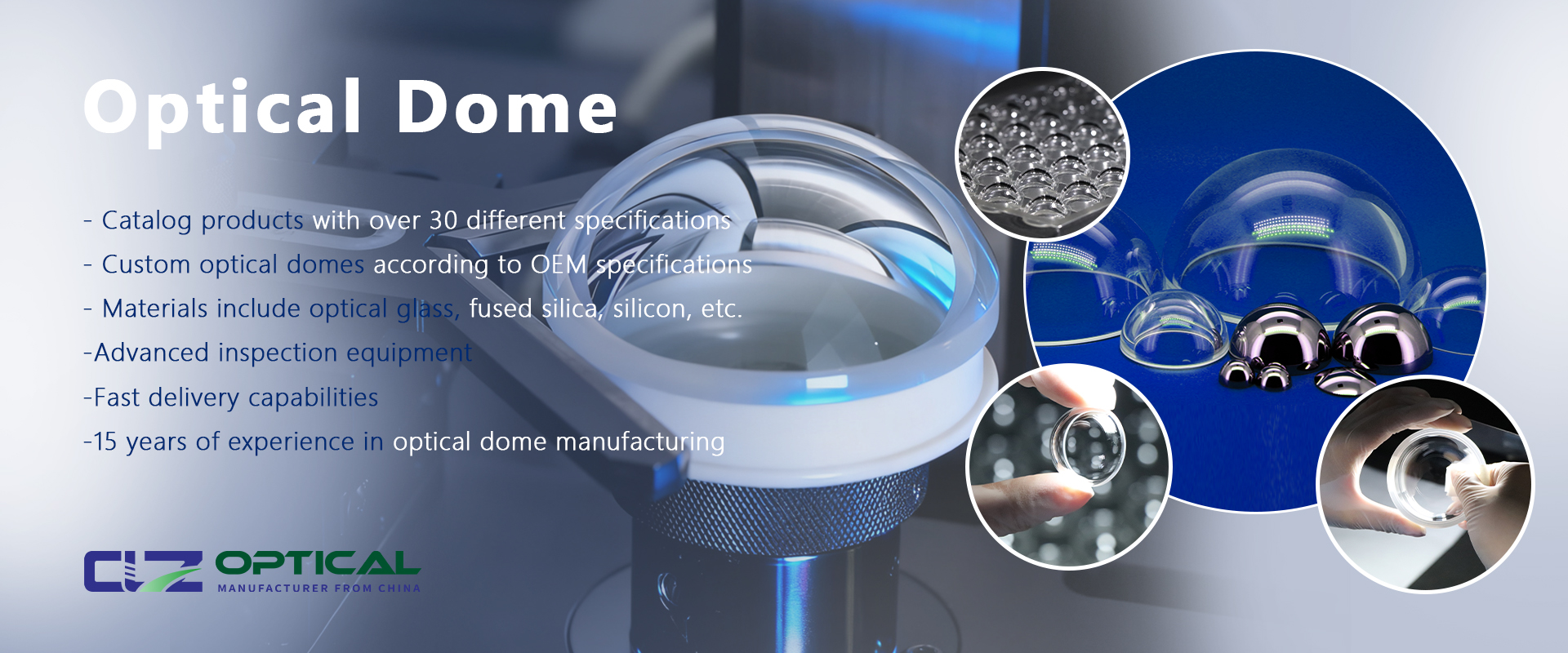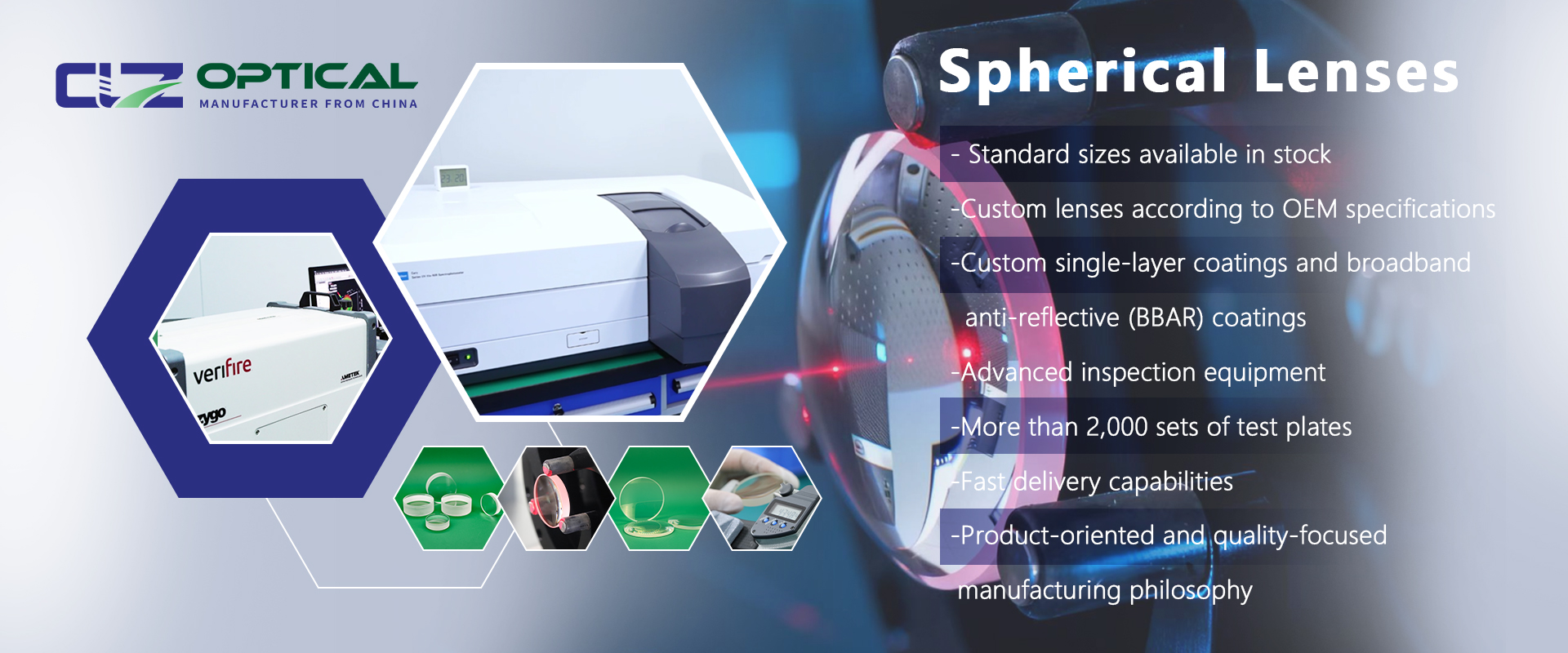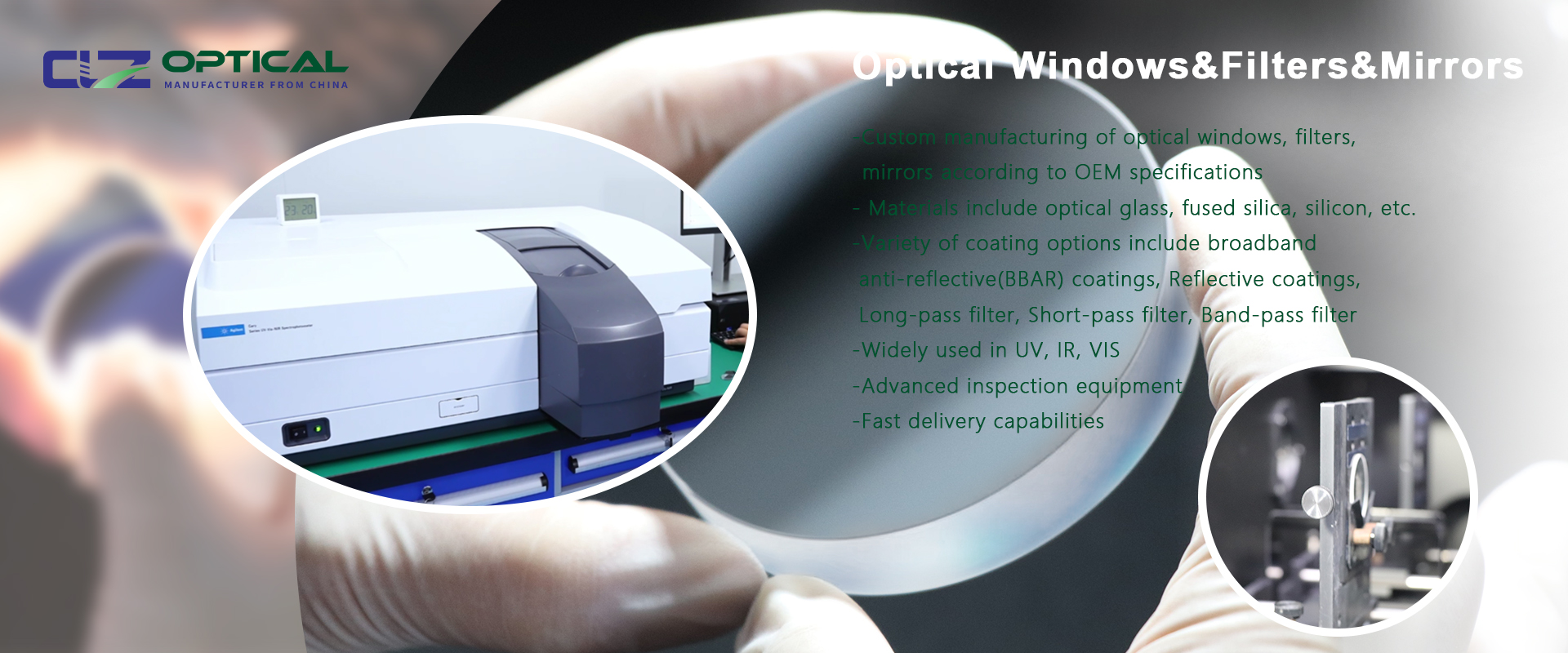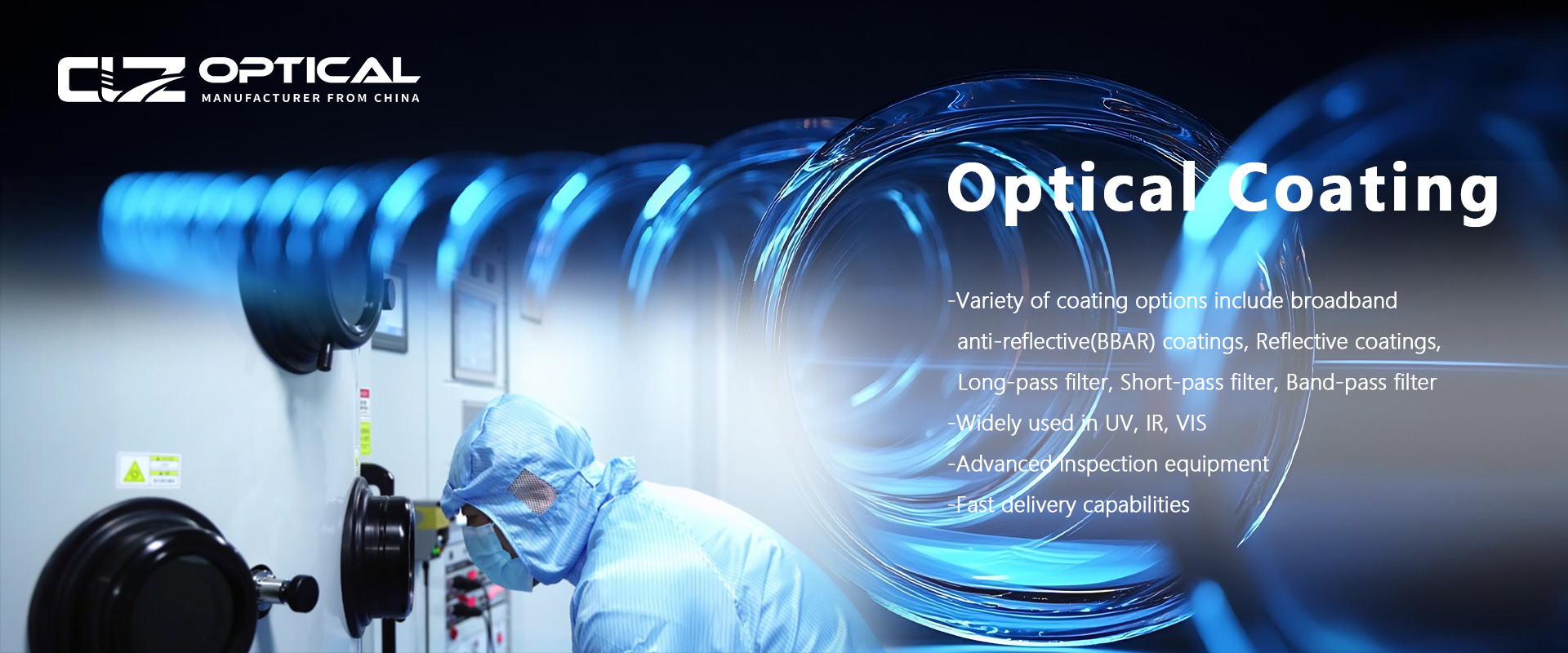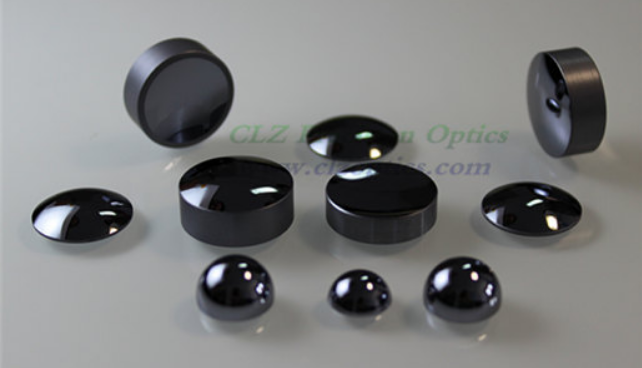The Key Differences between Sapphire Windows & Plates
Jun. 05, 2024
Sapphire windows and plates are optical components used in various applications due to their ability to transmit light at specific wavelengths while protecting the system from environmental impacts. These components can be supplied in several forms, including 'C' cut, random orientation, and AR coated. Here, we review the key differences and benefits of each type.
Key Takeaways – Differences Between Sapphire Windows
- Durability and Strength: Sapphire is chosen for its exceptional durability, extreme hardness, and structural strength.
- AR Coated Sapphire Windows and Plates: These are optically anti-reflection (AR) coated on one or both sides to maximize light transmission. They are extremely transparent and frequently used in imaging applications such as cameras and lasers.
- Random Orientation Sapphire Windows and Plates: These are cut to a random optical axis, offering all the advantages of sapphire in terms of durability, strength, and versatility.
- 'C'-Cut Sapphire Windows: These windows are cut to a specific optical axis to reduce birefringence, which can be present in randomly cut sapphire windows. This reduction in birefringence is particularly useful in camera systems, optical equipment, and medical components.
The Properties of Sapphire Windows and Sapphire Plates
The primary reason why sapphire is often chosen as the material for optical windows rather than other materials such as silica and quartz is that it is the hardest oxide material in existence, and one of the hardest crystals available, second only to diamond.
Sapphire windows are highly resistant to wear, tear, and scratching, making them ideal for use in harsh environments. Their exceptional strength allows for manufacturing to extremely tight tolerances and thicknesses, meeting the requirements of high-precision optical components in various industries.
Properties of Sapphire:
- Transmission Range: Sapphire has a transmission range of 0.2 – 5.5μm (200nm to 5500nm), allowing it to work with UV, visible, and nearly IR light.
- Conductivity: Offers excellent levels of thermal conductivity, even at low temperatures.
- Temperature Resistance: Can operate effectively at temperatures up to 2,030 degrees Celsius.
- Chemical Resistance: Resists the impact of acids and alkalis at temperatures as high as 1,000 degrees Celsius.
- Durability: Resistant to hydration, weathering, corrosion, and abrasion.
- Electrical Resistance: Provides high levels of electrical resistance.
Due to these properties, sapphire windows are often used in challenging environments involving high temperatures, pressure, or corrosive substances.
Different Types of Sapphire Windows and Sapphire Plates
Sapphire windows are known for their exceptional surface hardness, resistance to acids, alkalis, and other chemicals, and scratch resistance. They are commonly used in the UV, visible, and near-infrared bandwidth ranges.
These windows and plates also offer excellent transmission, high strength, and temperature resistance. Their thermal stability makes them ideal for use in optical instrumentation and equipment deployed in challenging environments. They maintain optical performance despite exposure to extreme temperatures, pressures, moisture, chemicals, and other harsh conditions.
AR Coated on One or Both Sides
Sapphire windows and plates that are optically AR coated on one or both sides maximize light transmission. These treated sapphire components are extremely transparent across a range from UV visible to mid-IR. Standard AR coatings include UV (250nm-400nm), visible range (400nm-700nm), IR (700nm-1100nm), and 3-5 microns. AR coatings can also be applied to a single specified wavelength, making them ideal for imaging applications, cameras, and lasers.
Random Orientation
Standard sapphire windows and plates are cut to a random optical axis, offering durability, strength, and versatility. These windows can also be AR coated on one or both sides. While randomly oriented sapphire windows involve a high degree of precision and tolerance, they may not meet the exacting requirements of certain optical components, necessitating a specific 'C' axis cut.
Cut to 'C' Axis
Sapphire windows or plates cut to the 'C' axis have an optical axis perpendicular to the plane of the sapphire substrate. This is also known as a 'Z' cut or 0° plane cut. 'C'-cut sapphire windows reduce birefringence, which occurs when a ray of light passing through the window splits into two rays. While birefringence is minimal in randomly oriented sapphire windows, it is further reduced in 'C'-cut windows. This reduction makes 'C'-cut sapphire windows particularly useful in camera systems, optical equipment, and medical components.
The Uses of Sapphire Windows and Plates
The durability, precision, and strength of sapphire windows and plates make them the preferred choice across various sectors and industries, including:
- Viewing Ports on Industrial Furnaces: Sapphire windows provide a durable solution for observing high-temperature processes.
- Lenses for Sensors in the Oil and Gas Sectors: Their strength and chemical resistance make them ideal for harsh environments.
- Medical Components: Used in endoscopes, hair removal lasers, and pharmaceutical monitoring equipment due to their clarity and durability.
- Cameras and Lasers: Essential for devices operating in high-pressure environments, such as vacuum chambers or deep-sea exploration.
- Luxury Spectacles: AR-coated sapphire windows are used to prevent glare and protect wearers from UV rays.
These attributes make sapphire windows and plates indispensable in applications requiring both optical precision and environmental resilience.












